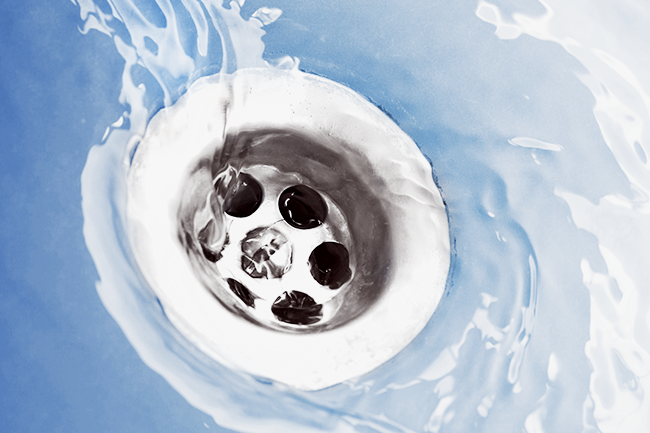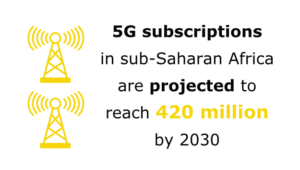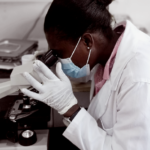By 2050, the world’s population is projected to far surpass 9 billion, increasing water demand by 55%, according to the Global Water Forum. The problem is, the planet’s water resources are moving in the opposite direction, decreasing at an uncomfortable rate. South Africa, in particular, is running out of water fast. In fact, the 2018 National Water and Sanitation Master Plan identified a water supply deficit of 17% by 2030.
A water-scarce country with variable rainfall patterns, limited groundwater availability and high evaporation rates, South Africa also struggles with economic water scarcity – the result of a lack of investment in necessary infrastructure and technology. Yet, we literally flush clean and safe drinking water down the toilet daily. It’s wasteful and unsustainable.
There is one way that we all can conserve water, and that is to use it more than once. It surely makes sense, given that we recycle so many other useful resources – plastic, glass, metals. Why are we not vigorously doing the same for water? Households, in particular, can use water more than once – consider uses such as gardening, landscaping and flushing toilets, all of which can be done with an underrated resource called greywater.
As opposed to rainwater or stormwater, which come from outside, greywater originates from inside a home or building as used water from baths, showers, sinks, floor drains and washing machines. While it may contain traces of dirt, food, grease, hair and cleaning products, it is generally not contaminated, and can be easily treated on-site for reuse in non-potable ways. By intercepting greywater before it goes to a septic tank or municipal wastewater system and by providing treatment (if required), that water can then be reused. Studies estimate that the usable domestic greywater resource could range from 50% to 75% of total domestic demand.
In the simplest case, greywater can be collected manually by placing a bucket below an open sink drain, to later be carried to the point of use. A more complex way would involve a piped system, where a plumbing network collects the greywater and directs it to a point where it can be stored, treated or reused. According to the Department of Water and Sanitation, South Africans consume more water per capita than the world average. Considering that the country has a semi-arid climate, with extremely limited water resources, this is far from ideal. Until quite recently, the use of greywater by individuals and companies in South Africa was mainly the result of a need for alternative water sources – such as water availability in rural areas, or during times of drought.
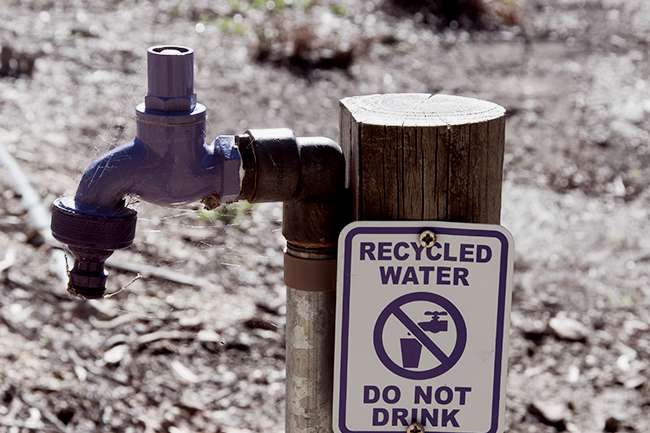
‘Greywater is a difficult thing to deal with,’ says Kirsty Carden, associate professor at the University of Cape Town’s department of civil engineering and interim director of the Future Water Institute. ‘In South Africa’s policy space, it’s not regarded as a resource of value. There is no reference to it in the National Water and Sanitation Master Plan, or in the National Water Resource Strategy. It is not seen as something particularly useful.’
There is also a trade-off between cost and quality and the impact of how we can use greywater, she continues. ‘It is a bit of an open question as to whether the trade-offs are worth it. We pay very little for water in South Africa, and some people pay nothing at all. There is this whole concept of value around a resource that is constrained, and government is going to have to deal with that quite strongly.’
While awareness of the need for greywater recycling is on the rise, cost is a limiting factor, and consumers are less than enthusiastic about installing pricey systems and solutions. Ashton Mpofu, senior analyst of water at GreenCape, calls greywater an ‘amazing resource’, but says we have not yet realised its potential, and that a major hindrance to the installation of greywater systems is indeed the price tag. ‘The capital costs are too high,’ he says, noting that the concept of ‘green’ is sometimes only relevant to those who can afford it, as the installation of a system in a house, for example, can cost into the hundreds of thousands, if not more. ‘The business case is very good but the capex is a limiting factor.’
Claudio Ranaudo, senior VP: Digital Industries at Siemens Southern and East Africa, agrees that the high cost of installation certainly is a challenge. ‘Part of the problem is the initial outlay of capital to install greywater-purification systems.’ However, he adds, as South Africa is a water-scarce country, greywater must be considered as an alternate solution. ‘Once the market slowly adopts this mind shift, we will start to see the demand, thereby reducing costs for solution providers.’
Cost – along with capacity – is among the biggest challenges, together with policy, according to Carden. ‘There is not yet proper policy at municipal level to support greywater management,’ she says. ‘There is guidance but no real policy in the bylaws enforcing or supporting it.’
‘The use of greywater has largely been [through] initiatives by consumers – and at their own cost,’ says Ranaudo. ‘They are pioneers in that field, and if we want to reach the full potential of greywater solutions, then such regulations and policies have to been defined. We need to create a collaborative network between the various stakeholders in the water industry, for example technology partners, governments and utilities.’

Mpofu says the City of Cape Town changed its bylaws in 2018 to mandate that all new property developments fit a water-conservation installation. While builders do abide by this, it is mostly by fitting low-flow shower heads or more efficient flush toilets. ‘The focus is not on the water reuse side, which is where the bigger problem lies,’ he says.
In this regard, decentralised package-treatment plants for water and sewage are a good option, says Mpofu, especially in areas not serviced by municipalities. Package plants are akin to municipal systems but much smaller – a sort of container system installed underground, with treatment on-site. This treated effluent is then used for irrigation or re-flushing of toilets.
Mpofu believes there are also plentiful untapped opportunities for simple greywater recycling in the residential market, which is one of the largest users of water, and similarly with housing complexes or estates, office parks and schools. This could include the installation of a pipeline and pump, diverting usable water towards nearby sports fields or a golf course, for example, or even a car wash.
It seems that for the most part, greywater recycling and reuse is happening on a smaller scale residentially, and mostly informally or out of need. At a larger scale, it is primarily in the agri sector and, more recently, hospitality, where greywater systems are being installed. It is also becoming more common in high-value office buildings, such as those by corporate or investment companies looking to showcase themselves as sustainable businesses following ‘green’ principles, or those aiming to achieve a green rating.
The property sector has made a little headway, such as in upmarket new builds and boutique apartment blocks or developments. While water-conserving features such as rainwater harvesting are being put to good use, greywater-recycling systems are not quite as common, though this is certainly changing. Some of the most noteworthy water-saving efforts made in recent years include the greywater systems at the Precinct in Waterfall, the Parks in Riversands, and the Campus in Auckland Park, all from Century Property Developments, and a reverse-osmosis plant that provides 35 000 litres of clean drinking water daily at the Yacht Club in Cape Town, one of Amdec Property Development’s latest offerings. The company’s Harbour Arch development will be equally water-wise. In addition, one of Blok’s latest properties, EIGHTONN in Cape Town, includes a borehole connection, water-filtration tanks, a rainwater-harvesting system and storage tanks for stowing reserve water, as well as a solenoid-actuated valve to alternate the building’s supply from municipal to rain or borehole water.
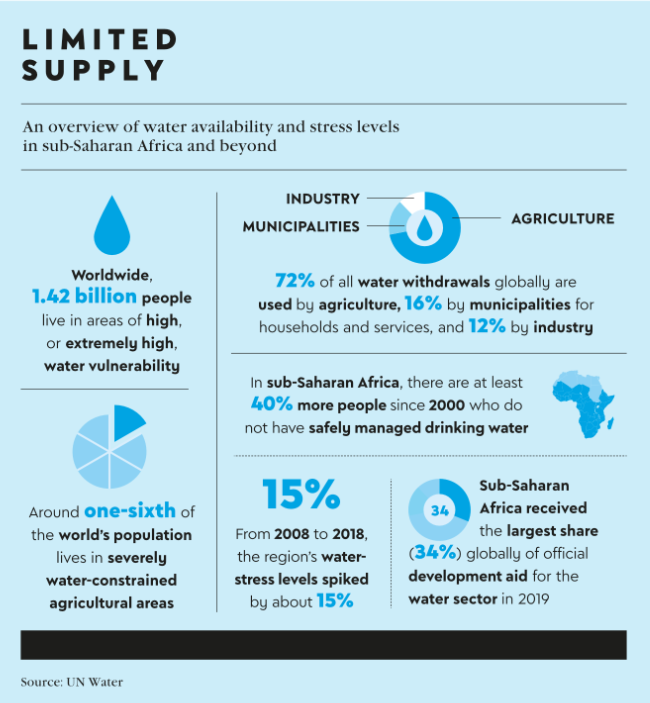
Spier wine farm’s wastewater-treatment plant has been running for 10 years, treating water from the hotel, restaurants, winery and food-packaging facilities. The treated water is then used for toilet flushing and irrigating the gardens and lawns. More recently, Warwick wine estate installed a wastewater-reuse plant to support a sustainable source of irrigation water. The plant treats domestic sewage from the wine-tasting cellar and all on-site staff housing, the process including screening, a biological-activated sludge reactor with membrane filtration, and disinfection. By including membrane-separation technology for effluent irrigation, the effluent flow can be used to water the gardens, significantly reducing the estate’s reliance on rain and groundwater sources.
If South Africa is to learn from elsewhere, the country could look to Israel – considered a world leader in water recycling, reusing nearly 90% of its wastewater. The water treated for reuse is mainly used for agricultural irrigation, with around 10% used for environmental purposes, such as increasing river flow volume and fire suppression. While Israel maintains 67 large wastewater-treatment facilities, its Shafdan wastewater-treatment plant is the centrepiece, treating 97 million gallons per day of municipal wastewater from the Tel Aviv area. The treated effluent is transported by pipeline to the Negev desert, where it irrigates as much as 60% of the agriculture there.
Carden says that when it comes to thinking about water-sensitive cities that are resilient to the impacts of climate change, various resources will come into play. ‘People will always use greywater, and have been doing it on an informal basis for a long time. But if we are going to institutionalise it, it’s going to have to come with a much stronger approach towards policy and regulation,’ she says. ‘We’ll continue doing the research. We are trying to understand how to fit it into our water-resource management, but it’s complicated.’

